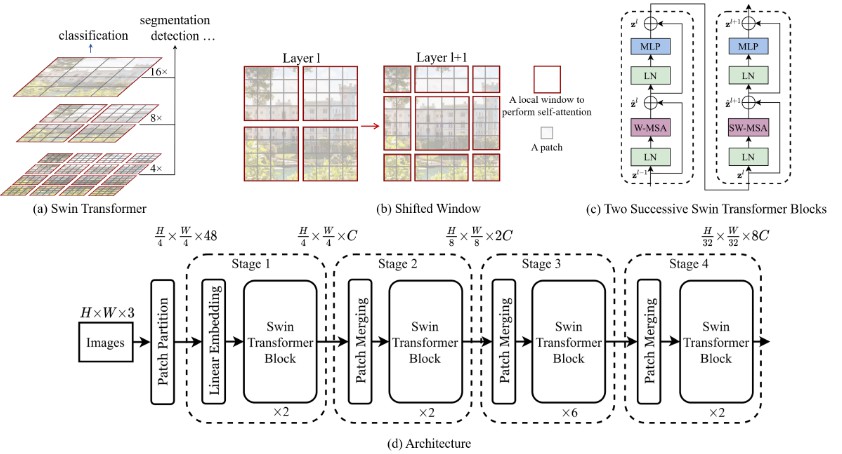HUMAP
Hierarchical Manifold Approximation and Projection (HUMAP) is a technique based on UMAP for hierarchical non-linear dimensionality reduction. HUMAP allows to:
- Focus on important information while reducing the visual burden when exploring whole datasets;
- Drill-down the hierarchy according to information demand.
The details of the algorithm can be found in our paper on ArXiv. This repository also features a C++ UMAP implementation.
Installation
HUMAP was written in C++ for performance purposes, and it has an intuitive Python interface. It depends upon common machine learning libraries, such as scikit-learn and NumPy. It also needs the pybind11 due to the interface between C++ and Python.
Requirements:
- Python 3.6 or greater
- numpy
- scipy
- scikit-learn
- pybind11
- Eigen (C++)
If you have these requirements installed, use PyPI:
pip install humap
For Windows users:
The Eigen library does not have to be installed. Just add the files to C:Eigen or use the manual installation to change Eigen location.
Manual installation:
For manually installing HUMAP, download the project and proceed as follows:
python setup.py bdist_wheel
pip install dist/humap*.whl
Usage examples
HUMAP package follows the same idea of sklearn classes, in which you need to fit and transform data.
Fitting the hierarchy
import humap
from sklearn.datasets import fetch_openml
X, y = fetch_openml('mnist_784', version=1, return_X_y=True)
hUmap = humap.HUMAP()
hUmap.fit(X, y)
By now, you can control six parameters related to the hierarchy construction and the embedding performed by UMAP.
levels: Controls the number of hierarchical levels + the first one (whole dataset). This parameter also controls how many data points are in each hierarchical level. The default is[0.2, 0.2], meaning the HUMAP will produce three levels: The first one with the whole dataset, the second one with 20% of the first level, and the third with 20% of the second level.n_neighbors: This parameter controls the number of neighbors for approximating the manifold structures. Larger values produce embedding that preserves more of the global relations. In HUMAP, we recommend and set the default value to be100.min_dist: This parameter, used in UMAP dimensionality reduction, controls the allowance to cluster data points together. According to UMAP documentation, larger values allow evenly distributed embeddings, while smaller values encode the local structures better. We set this parameter as0.15as default.knn_algorithm: Controls which knn approximation will be used, in whichNNDescentis the default. Another option isANNOYorFLANNif you have Python installations of these algorithms at the expense of slower run-time executions than NNDescent.init: Controls the method for initing the low-dimensional representation. We setSpectralas default since it yields better global structure preservation. You can also userandominitialization.verbose: Controls the verbosity of the algorithm.
Embedding a hierarchical level
After fitting the dataset, you can generate the embedding for a hierarchical level by specifying the level.
embedding_l2 = hUmap.transform(2)
y_l2 = hUmap.labels(2)
Notice that the .labels() method only works for levels equal or greater than one.
Drilling down the hierarchy by embedding a subset of data points based on indices
When interested in a set of data samples, HUMAP allows for drilling down the hierarchy for those samples.
embedding, y, indices = hUmap.transform(2, indices=indices_of_interest)
This method returns the embedding coordinates, the labels (y), and the data points' indices in the current level. Notice that the current level is now level 1 since we used the hierarchy level 2 for drilling down operation.
Drilling down the hierarchy by embedding a subset of data points based on labels
You can apply the same concept as above to embed data points based on labels.
embedding, y, indices = hUmap.transform(2, indices=np.array([4, 9]), class_based=True)
C++ UMAP implementation
You can also fit a one-level HUMAP hierarchy, which essentially corresponds to a UMAP projection.
umap_reducer = humap.UMAP()
embedding = umap_reducer.fit_transform(X)
Citation
Please, use the following reference to cite HUMAP in your work:
@misc{marciliojr_humap2021,
title={HUMAP: Hierarchical Uniform Manifold Approximation and Projection},
author={Wilson E. Marcílio-Jr and Danilo M. Eler and Fernando V. Paulovich and Rafael M. Martins},
year={2021},
eprint={2106.07718},
archivePrefix={arXiv},
primaryClass={cs.LG}
}




